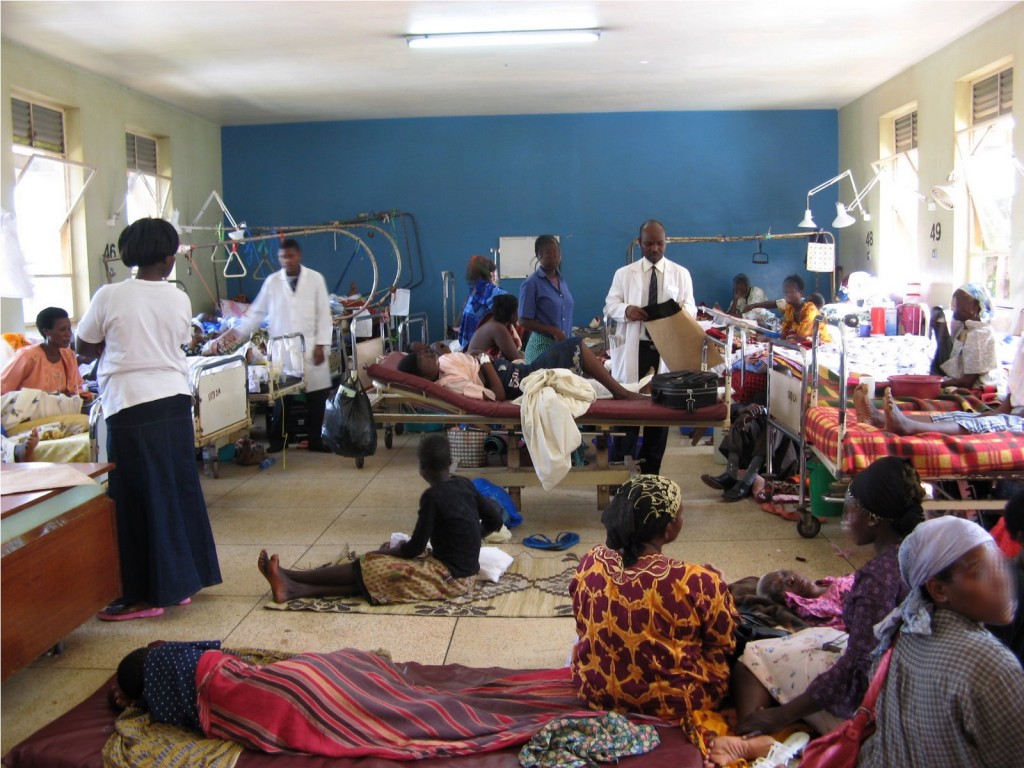Is there hope for Ugandan Healthcare?
Part I

Uganda Experiences a disproportionate burden of poverty, disease, and death. The health status indices of the country are very poor, comparable with the average for Sub-Saharan Africa.
MORTALITY RATES
The Infant Mortality Rates (IMR) and the Maternal Mortality Ratio (MMR) in the country are among the highest in the world. In 2010 UNICEF reported the IMR at 63 deaths per 1,000 live births, under-five mortality rate at 99 deaths per 1,000 live births, Total Fertility Rate of 6.1 and the MMR at 440 deaths per 100,000 live births.
UGANDA HIV AIDS STATISTICS
An estimated 1.4 million people in Uganda (7.2 %) are living with HIV (UNAIDS (2012) ‘ Global Report 2012: AIDSinfo’). An estimated 190,000 are children. 1.1 million Ugandan children are now orphaned as a result of this epidemic.
HIV / AIDS has been on the rise since 2006, despite efforts by many organizations to increase awareness and education. Out of 150,000 new diagnoses per year, 20,600 are children (UNAIDS (2012) ‘ Global Report 2012: AIDSinfo’). The number of new infections per year has in fact risen above the actual number of AIDS death per year.
Continuous discrimination by local communities of HIV victims continues to create a fear of testing. This stigma results in many orphaned HIV + or non HIV+ children and marginalized HIV + adults.
HIV Problems Challenges in Uganda via AVERT.ORG
• Only 1 out of 2 persons who are in need of antiretroviral treatment are receiving it.
• Only 32 % of children eligible for treatment are able to access it: http://www.avert.org/hiv-treatment-children.htm
• Parents know their children will be discriminated against if HIV positive status is disclosed, resulting in the failure
to report these cases.
• Families living in rural areas lack funds to travel to access treatment.
• Treatment is effective on individuals who adhere strictly to it, and take it for life.
If Uganda does increase the receipt of antiretorival medication to those who need it, then a “greater investment in the national healthcare system, to ensure clinics are equipped to handle the greater number of patients” will need to occur (http://avert.org).
“Patient numbers will rise for two main reasons: The adoption of Option B+ means Uganda will be placing all HIV-positive pregnant women on antiretroviral treatment for life. Also, if Uganda reaches its target of placing 80 percent of eligible people with HIV on treatment by 2015, more people will be attending health clinics to receive HIV treatment and counselling over the next few years. “ (http://avert.org)
INFRASTRUCTURE
In 2009, Uganda ranked 186th out of 191 nations by the World Health Organization (WHO) in terms of heathcare performance (Sisay, 2009). Healthcare provision and infrastructure in rural areas are chronically underfunded and highly variable in quality. An explaining factor behind the inequitable health outcomes is the distribution of healthcare infrastructure. Whereas the capital city of Kampala there is 1 facility per 5,295 people, the national average is 1 per 8,785 people and in some rural districts (such as the Eastern Region) the ratio is much worse at 1 to more than 20,000 people (Health Facilities Inventory, 2006). Out of 110 districts within Uganda, 16 do not have a single hospital as compared to 8 in the city of Kampala alone.
Uganda’s ratio of doctor to patients is the poorest in the region at 1:25,000 compared to the neighboring Kenya at 1:7,100. National referral hospitals at 1:30,000,000 are also far below the WHO’s standard ration of 1:10,000,000. According to the recent study on Health Sector Governance, Public Expenditure and Local Level Service Delivery in Uganda conducted by Advocates Coalition for Development and Environment (ACODE), drug supply is still a major challenge with 71 percent of the health facilities visited experiencing drug stock-outs.







Well written, great facts, important needs articulated …
Bravo !!!